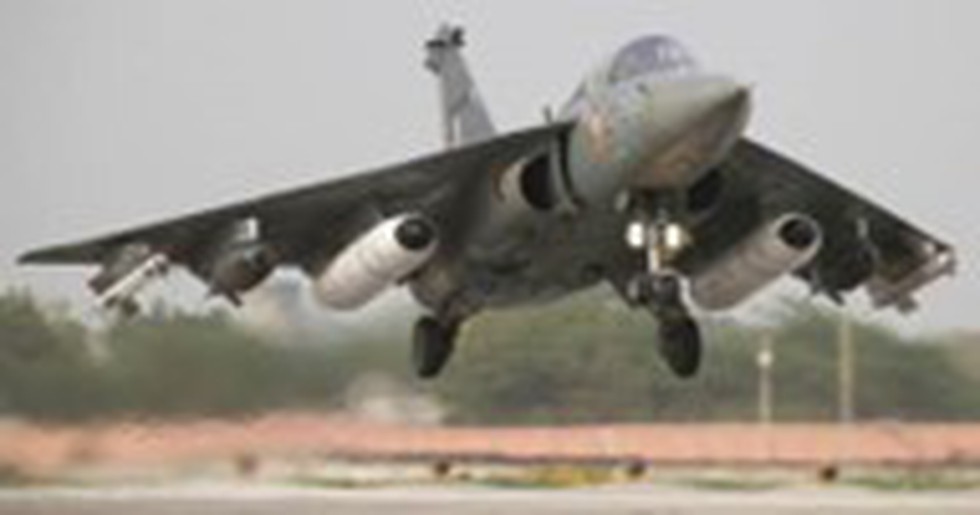
About LCA Tejas:
- It is the lightest, smallest and tailless multi-role supersonic fighter aircraft in its class.
- This aircraft is designed to carry a range of air-to-air, air-to-surface, precision-guided, weapons.
- It has the air-to-air refuelling capability.
- The maximum payload capacity of Tejas is 4000 kg.
- Speed: Mach 1.8.
Key facts about the Power Take off (PTO) shaft
- It is indigenously designed and developed by the Combat Vehicles Research & Development Establishment (CVRDE), Chennai of Defence Research and Development Organisation (DRDO).
- It was designed with a unique innovative patented ‘Frequency Spanning Technique’ which enables it to negotiate different operating engine speeds.
- The lightweight high-speed, lubrication-free PTO shaft transmits higher power between the aircraft engine gearbox and Aircraft Mounted Accessory Gear Box while accommodating misalignments that arise in the drive line.
2. Bold Kurukshetra
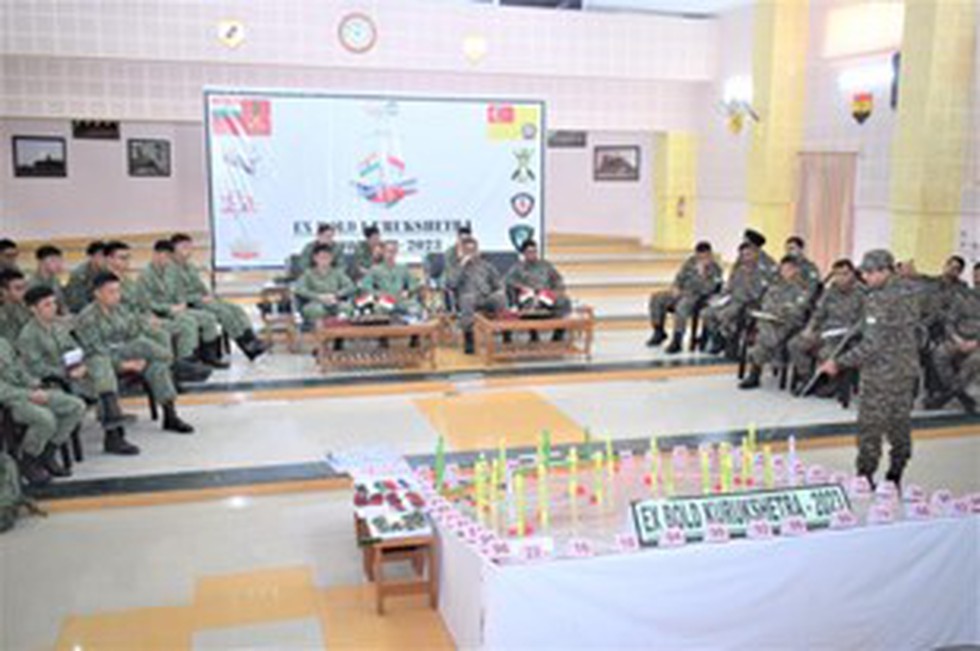
About Bold Kurukshetra:
- It was the 13th edition of Exercise Bold Kurukshetra, a bilateral military exercise between India and the Singapore army.
- For the first time in the exercise series, both armies participated in a command post Exercise, which involved Battalion and Brigade level planning elements and computer wargaming.
- Hosted by the Indian Army, the exercise involved soldiers from the 42nd Battalion, Singapore Armoured Regiment and an Armoured Brigade of the Indian Army.
- It involved an understanding of mechanised warfare in emerging threats and evolving technologies, developing inter-operability through a computer simulation-based Wargame using joint operational and tactical procedures controlled through a joint command post.
- First conducted in 2005, this exercise underscores the strong and long-standing bilateral defence relationship between both countries and enhances cooperation between the two armies.
- Both defence establishments also interact regularly through high-level visits, policy dialogues, courses and other professional exchanges.
3. Pench Tiger Reserve
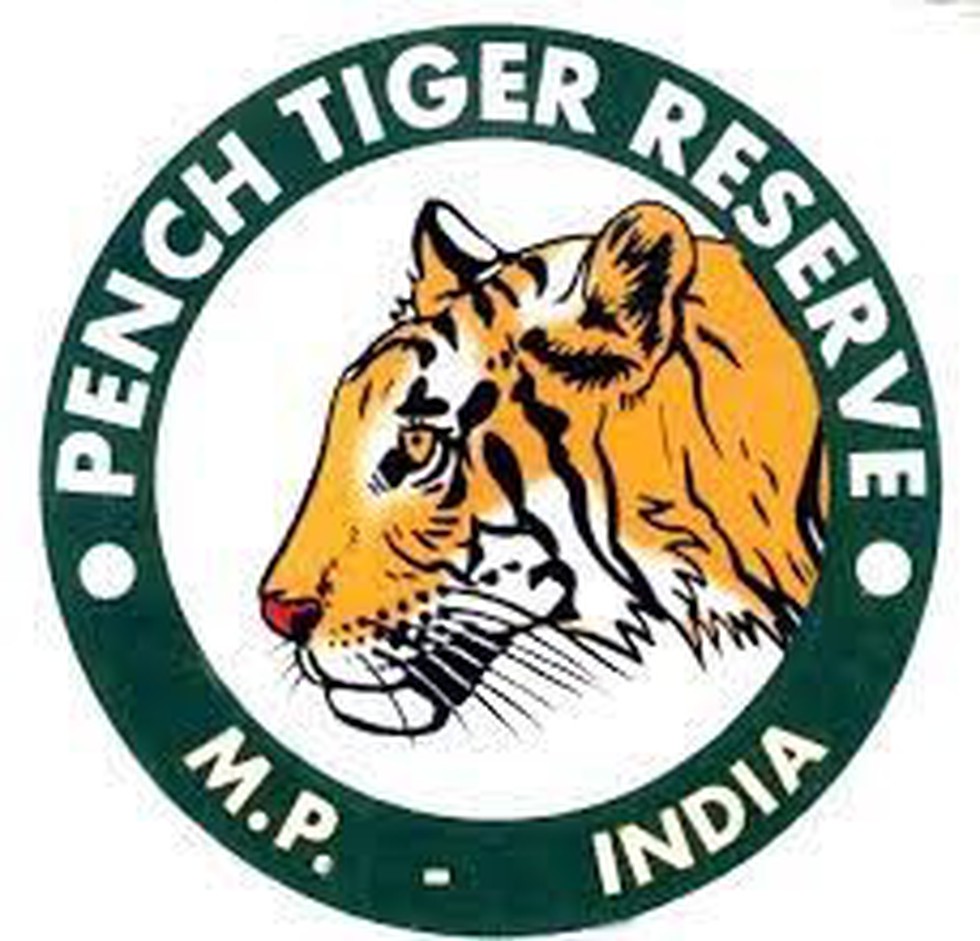
About Pench Tiger Reserve:
- It is located in the Nagpur district of Maharashtra which derives its name from its lifeline - the River Pench.
- Pench River divides the reserve into almost two halves.
- The Reserve is located in the southern reaches of the Satpura hills in the Seoni and Chhindwara districts in Madhya Pradesh and continues in Nagpur district in Maharashtra as a separate Sanctuary.
- Fauna: Tiger, Leopard, Sloth bear, Indian gaur, Wild dog, wolf etc.
- Flora: It has a mixture of Southern dry broadleaf teak forestsand tropical mixed deciduous forests are present.
What are Deciduous forests?
- A deciduous forest is a biome dominated by deciduous trees which lose their leaves seasonally.
- The Earth has temperate deciduous forests, and tropical and subtropical deciduous forests, also known as dry forests.
- Another name for these forests is broad-leaf forests because of the wide, flat leaves on the trees.
- Trees in tropical deciduous forests lose their leaves in the dry season and regrow them in the rainy season. In temperate deciduous forests, trees lose their leaves in the fall and regrow them in the spring.
- Deciduous forests are home to trees such as oak, birch, beech, aspen, elm and maple. Tropical and subtropical forests also have teak trees, palm trees and bamboo.
4. ATL Sarthi
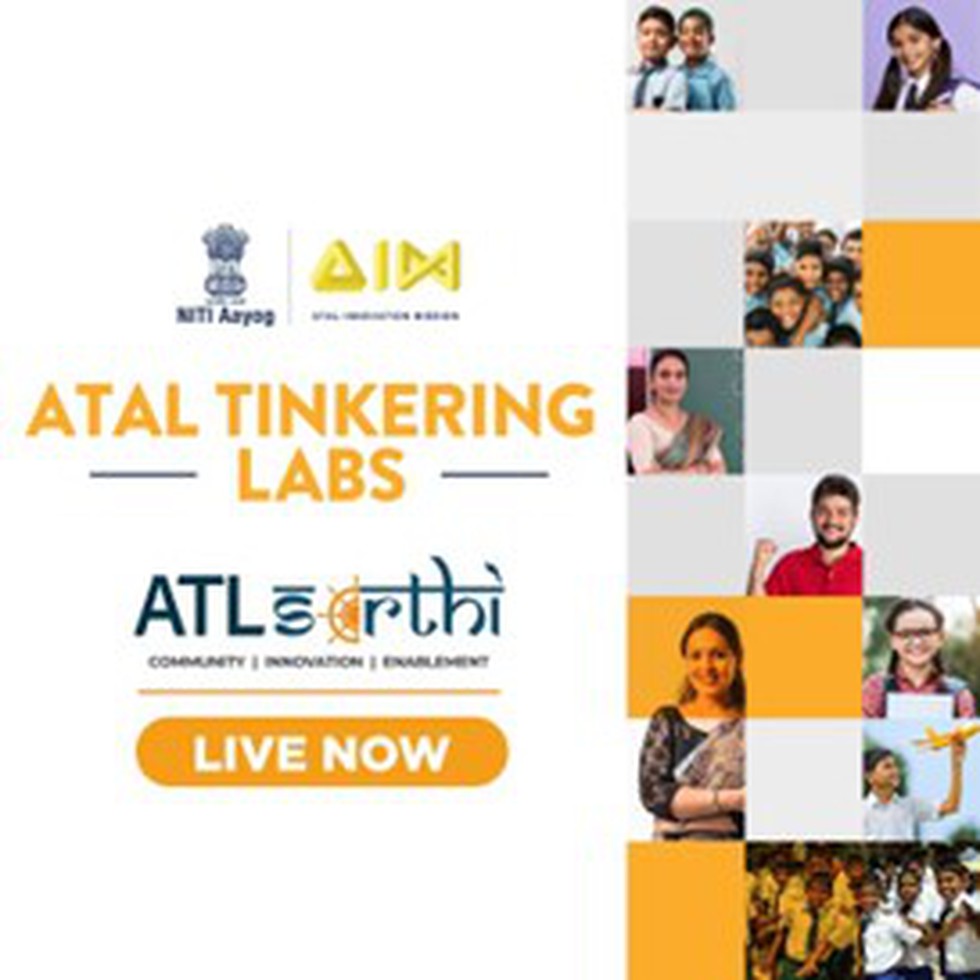
About ATL Sarthi:
- ATL Sarthi will enable the Atal Tinkering Labs to be efficient and effective.
- The initiative has four pillars ensuring the performance enhancement of ATLs through regular process improvements like
- MyATL Dashboard: It is a self-reporting dashboard.
- Compliance SOPs: For schools to ensure financial and non-financial compliance
- Cluster-based Approach: On-ground enablement of ATLs in collaboration with relevant local authorities.
- Performance-Enablement (PE) Matrix: It provides ownership to schools to analyze their performance
What is Atal Innovation Mission?
- It was set up by the Central Government in 2016.
- Objectives:
- To promote a culture of innovation and entrepreneurship in the country.
- To provide a platform for and establish collaboration opportunities for various stakeholders.
- To act as an umbrella structure, encompassing and overseeing the entire innovation ecosystem of the country.
- Implementing Agency: NITI Aayog
What are Atal Tinkering Labs (ATL)?
- It is an initiative to promote creativity and innovation in the minds of school children.
- Under this initiative Children as young as 12 years of age gain access to technological innovation.
- The concepts of Science, Technology, Engineering and Maths are taught through various tools and equipment of the like.
- Financial aid of Rs. 20 lakh is given to each school.
- This includes a one-time establishment cost of Rs. 10 lakh and the operation cost of Rs. 10 lakh over a period of five years.
5. Barda Wildlife Sanctuary
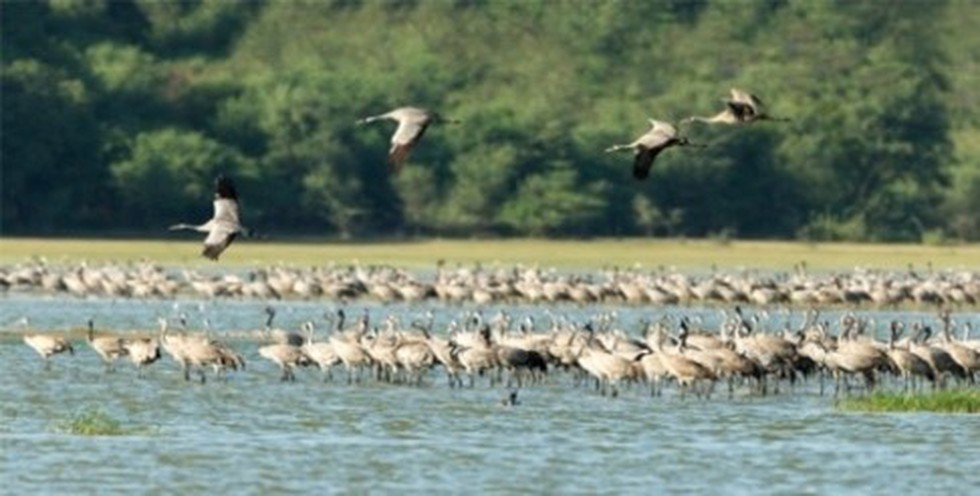
Why in news?
- The Central government of India has given in-principle approval to the project.
- A report on “Lion@2047: A vision for Amrutkal”, prepared by the Wildlife Institute of India (WII) for the Gujarat government, has identified Barda as a potential site where a population of 40 adult and sub-adult lions can be accommodated in the larger landscape of Barda-Alech hills and coastal forests.
Key facts about Barda Wildlife Sanctuary:
- Barda Wildlife Sanctuary area falls into two districts, Porbandar and Jamnagar in the state of
- It is characteristically abundant in floral diversity, which consists of a good number of medicinal plants.
- Flora:The area has the maximum floral diversity in the state (650 plant species), Gorad, Babul, Dhav, Rayan, Ber, Jamun, Amli, Dhudhlo, Bamboo
- Fauna: Leopard, Hyena, Wild boar, wolf, Jackal, blue bull, Rare and endangered spotted eagle and crested hawk eagle etc.
What is Project Lion?
- It envisages landscape ecology-based conservationof the Asiatic Lion in Gujarat by integrating conservation and eco-development.
- The Project is being implemented in the Gir landscape in Gujaratwhich is the last home of the Asiatic lion.
- Conservation status of Asiatic Lion
- IUCN: Endangered
6. India’s first indigenous quadruped robot and exoskeleton
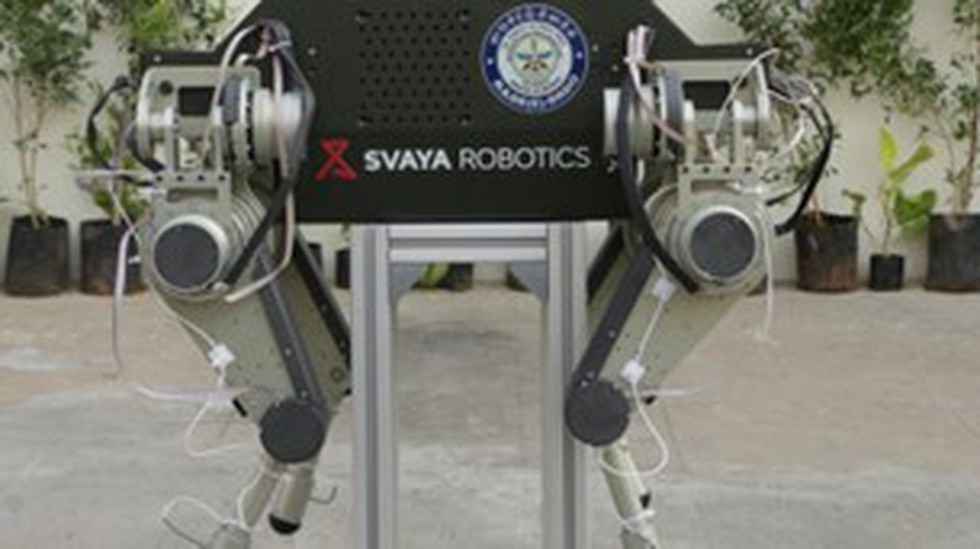
About India’s first indigenous quadruped robot and exoskeleton:
- The indigenous robots and wearable exoskeletons were developed by Hyderabad-based Svaya Robotics in collaboration with the DRDO Labs, Research and Development Establishment (R&DE), Pune, and the Defence Bioengineering and Electromedical Laboratory (DEBEL), Bengaluru, as technology demonstrators with their design inputs.
- Both are dual-use robots and have multiple use cases in both Industry and healthcare.
- Quadruped robots:
- They are four-legged robots that can walk or run on uneven and rough terrains.
- The robots can carry 25 kg in payload and walk along with the soldier.
- It is made for navigating in unstructured terrains to provide remote reconnaissance and inspection, which otherwise are not safe for humans to operate in.
- Exoskeleton:
- It is developed to suit Indian soldiers’ anthropometry and augment soldier strength for walking long distances.
- These active exoskeletons, when worn by soldiers, can carry heavy loads without expending much effort.
7. What is Pi Day?

About Pi Day:
- International Day of Mathematics, or Pi Day, is celebrated on March 14 every year to recognize the mathematical constant, Pi.
- The day is celebrated by mathematics enthusiasts and educators worldwide to recognize and appreciate the significance of mathematics in our lives.
- Why March 14?
- The approximate value of Pi is 3.14.
- The date, when written in the format of month/day (3/14), matches the first three digits of the mathematical constant.
- History:
- The first Pi Day was celebrated in 1988 by physicist Larry Shaw at the San Francisco Exploratorium.
- In 2009, the United States House of Representatives designated March 14 as Pi Day.
- UNESCO marked Pi Day as the ‘International Day of Mathematics' during its general conference in 2019.
- Mathematician and physicist Albert Einstein, known for the "General Theory Of Relativity," was born on Pi Day in 1879.
What is Pi (π)?
- Pi is a mathematical constant that represents the ratio of the circumference of a circle to its diameter.
- It is an infinitely long, irrational number, and its exact value cannot be known.
- Pi is roughly equal to 3.14 or 22/7.
- History:
- Pi has been known for nearly 4,000 years and was discovered by the ancient Babylonians.
- One of the first calculations of pi was carried out by Greek mathematician Archimedes of Syracuse(287 B.C. to 212 B.C.)
- It also has a symbol, ‘π.’ The symbol π was devised by British mathematician William Jones in 1706.
- Applications: It is used in a wide variety of mathematical and scientific calculations, including geometry, trigonometry, calculus, and more.
8. Indian Post Payments Bank (IPPB)
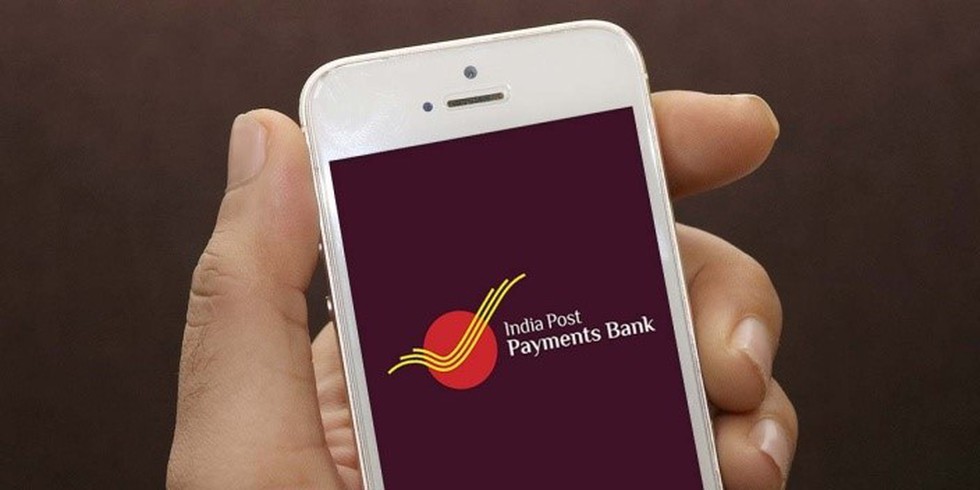
About Indian Post Payments Bank (IPPB):
- IPPB has been established under the Department of Posts, Ministry of Communication, with 100% equity owned by the Government of India.
- IPPB was launched on September 1, 2018.
- Vision: To build the most accessible, affordable, and trusted bank for the common man in India.
- Mandate: To remove barriers for the unbanked and under-banked and reach the last mile leveraging a network comprising 160,000 post offices (145,000 in rural areas) and 400,000 postal employees.
- Headquarters: New Delhi
- Functions:
- It will accept deposits upto Rs 2 lakh, beyond which the account will be automatically converted into a post office savings account.
- The products and services of the bank will be made available through various mediums such as counter services, micro ATMs, mobile banking apps, messages, and interactive voice response.
- The IPPB will use Aadhaar to open accounts, and a QR card and biometrics will be used for authentication, transactions, and payments.
What are“Payments Banks’?
- A payments bank is like any other bank but operates on a smaller scale without involving any credit risk.
- It was set up on the recommendations of the Nachiket Mor Committee.
- Objective: Widen the spread of payment and financial services to small businesses, low-income households, and migrant labor workforce in a secured technology-driven environment.
- They are registered under the Companies Act 2013 but are governed by a host of legislations such as the Banking Regulation Act, 1949; RBI Act, 1934; Foreign Exchange Management Act, 1999, etc.
- It needs to have a minimum paid-up capital of Rs. 100,00,00,000.
- Activities that can be performed:
- It can take deposits up to Rs. 2,00,000. It can accept demand deposits in the form of savings and current accounts.
- The money received as deposits can be invested in secure government securities only in the form of Statutory Liquidity Ratio (SLR). This must amount to 75% of the demand deposit balance.
- The remaining 25% is to be placed as time deposits with other scheduled commercial banks.
- It can offer remittance services, mobile payments/transfers/purchases, and other banking services like ATM/debit cards, net banking, and third party fund transfers.
- Activities that can be performed:
- It cannot issue loans and credit cards.
- It cannot accept time deposits or NRI deposits.
- It cannot set up subsidiaries to undertake non-banking financial activities.
9. What is the India-Bhutan Satellite?

About India-Bhutan Satellite:
- It is also known as the ISRO Nano Satellite 2 for Bhutan (INS-2B).
- It was launched as a payload on ISRO's PSLV C54 rocket on November 26, 2022.
- It has been jointly developed by scientists from both countries.
- The satellite contains two payloads:
- NanoMx multispectral optical imager: It is developed by India's Space Applications Centre (SAC). It will provide high-resolution images to Bhutan for its natural resources management.
- Automatic Packet Reporting System (APRS) repeater: It is jointly developed by Department of Information Technology and Telecom (DITT) Bhutan and ISRO's UR Rao Satellite Centre (URSC) to serve the amateur radio community, relaying realtime information about the region.
10. What is ‘Prussian blue insoluble formulations’?

About Prussian blue insoluble formulations:
- It is one of the critical medicines listed by the World Health Organisation for radiological and nuclear emergencies.
- It was developed under the Technology Development Fund (TDF).
The drug has been developed based on the technology of the Institute of Nuclear Medicine and Allied Sciences (INMAS), Delhi, a laboratory of the DRDO. - The formulations are used for the decontamination of Cesium and Thallium.
- The manufacturing and marketing licenses for the commercial use of the drug have been granted to Scott-Edil Pharmacia Limited, Himachal Pradesh, and Skanttr Lifescience, Gujarat, by DCGI.
- The drug will be available under the trade name of Pru-DecorpTM and PruDecorp-MG.
What is the Technology Development Fund (TDF)?
- It has been established to promote self-reliance in defense technology as a part of the 'Make in India' initiative.
- It is a program of the Ministry of Defence executed by DRDO meeting the requirements of Tri-Services, Defence Production, and DRDO.
- It supports the indigenous development of components, products, systems, and technologies by MSMEs and start-ups.
- Funding:
- The project cost of up to INR 10 Cr will be considered for funding, subject to a maximum of 90% of the total project cost.
- The funding will be through the provision of grants to the industry.




























































































































































.png)
.png)
.png)
.png)
.png)


.png)
.png)
.png)





.png)
.png)






.png)
.png)
.png)
.png)
.png)
.png)
.png)
.png)
.png)

.png)







.png)
.png)


.png)
.png)
.png)


.png)

.png)
.png)





.jpg)

.png)
.png)


.png)

.png)
.png)
.png)

.jpg)

.jpg)


.png)

.png)
.png)
.png)
.png)
.png)
.png)
.png)
.png)
.png)
.png)




.png)

.png)





.png)
.png)
.png)
.png)
.png)
.png)
.png)
.png)
.png)
.png)
.jpg)
.jpg)

.png)
.png)
.png)
.png)
.png)
.png)
.png)
.png)
.png)
.png)
.png)
.png)
.png)
.png)
.png)
.png)
.png)
.png)
.png)
.png)
.png)
.png)



.png)
.png)

.jpg)
.jpg)


.jpg)
.jpg)
.jpg)
.jpg)
.jpg)

.jpg)








.jpg)
.jpg)
.jpg)
.jpg)
.jpg)















.jpg)
.jpg)







.jpg)


















.jpg)
.jpg)






























































































.jpg)
.jpg)


























.jpg)

.jpg)










.jpg)








.jpg)




.jpg)










.jpg)


















.jpg)












































.jpg)














.jpg)
.jpg)
.jpg)





.jpg)

.jpg)
.jpg)





































































.jpg)


































.jpg)
.jpg)
















































.jpg)












.jpg)


.jpg)




.jpg)
.jpg)
.jpg)

.jpg)
.jpg)
.jpg)
.jpg)

.jpg)
.jpg)
.jpg)

.jpg)
.jpg)
.jpg)
.jpg)
.jpg)
.jpg)
.jpg)
.jpg)

.jpg)


.jpg)
.jpg)
.jpg)
.jpg)
.jpg)
.jpg)
.jpg)
.jpg)
.jpg)
.jpg)











.jpg)
.jpg)





.jpg)
.jpg)
.jpg)
























.jpg)
























.jpg)









.jpg)
.jpg)







.jpg)
.jpg)









































.jpg)
.jpg)
.jpg)
.jpg)
.jpg)

.jpg)
.jpg)
.jpg)
.jpg)
.jpg)


.jpg)
.jpg)
.jpg)
.jpg)
.jpg)

.jpg)
.jpg)
.jpg)
.jpg)
.jpg)
.jpg)
.jpg)
.jpg)
.jpg)
.jpg)
.png)

.png)
.png)

.png)
.png)
.png)
.png)


.jpg)
.jpg)

.jpg)
.jpg)
.jpg)

.png)
.png)
.png)
.png)
.png)
.png)
.png)

.png)
.png)
.png)
.png)
.png)
.png)
.png)
.png)
.png)
.png)





































































-min.png)



.png)




.png)








































